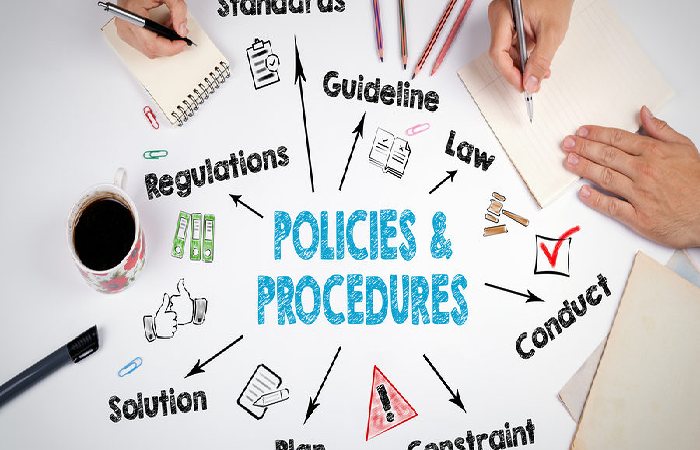Global value chains refer to international production sharing, a phenomenon in which production is divided between activities and tasks agreed out in different countries. They can be considered as the great expansion of the division of labor in the time of Adam Smith. In the famous example attributed to Smith, the production of a pin was divided into several different operations within a factory, each carried out by a dedicated worker. In global value chains, operations span national borders (rather than being confined to one location) and the products created are more complex than a pin.
Cross-border production has been made possible by trade and investment liberalization, lower transportation costs, advances in info and communication technology, and innovations in logistics (eg, containers). While cross-border production itself may not be new, it has extended rapidly across many industries in recent decades.
Table of Contents
The Trade Policy Implications of Global Value Chains

The traditional view of global value chains international trade is that every country produces goods and offers services exported as end products to consumers abroad.
In today’s global economy, however, this type of trade only accounts for around 30% of all trade in goods and services.
Around 70% of international trade today is link to global value chains (GVCs). As services, raw materials, parts, and components often cross borders several times.
Once incorporated into the final products, they are shipped to consumers around the world.
Exports from one country to another often involve complex interactions between many domestic and foreign suppliers.
Even more than before, trading is driven by strategic decisions by companies to outsource, invest and conduct activities.
Where the required skills and materials are available at competitive and high-quality costs.
During this process, all countries involved retain some value and benefit from exporting the end product. Much of this added value along the international supply chain.
However, it is invisible in traditional trade statistics, which ascribe the total value of a good or service to the last country in the chain to stop production.
Better Measurement Leads to Better Policies
To provide the evidence needed to answer the policy questions raised by the growing importance of GVCs for trade and investment.
Initiative to gain more insight into the underlying economic importance to win the trade.

With TiVA, we can better understand where value is being created along the supply chain, estimate where income and jobs are being made.
And also offer a new perspective on bilateral trade imbalances. It is an important endeavor to understand the links between trade and employment better.
In a world of global value chains, trade policy must not focus solely on trade barriers with direct trading partners.
The complete value chain and upstream and downstream bottlenecks between third countries must be taking into account to boost exports.
Since the competitiveness of a country’s exports may depend on imported inputs. Address their trade barriers if they want to take advantage of trade in goods.
Countries at all Levels of Development can Benefit from Engaging in Global Value Chains
Developing countries wishing to participate in global value chains may face pressures to move up the value chain to higher value-added activities.
But the benefits of participating in global value chains can come from any stage in the value chain:
In other words, countries that become efficient in the assembly or production phase can achieve higher overall value.
By becoming globally competitive providers of these activities, higher value-added activities are added in less competitive ones.
Ultimately, the decisive factor is the total value that economic activities can generate within the value chain.
So from a policy point of view, the focus should be on the total value that businesses generate and not on the added value of the actions.
In Vietnam, the share of domestic added value in exports fell from 64% to 53% between 2005 and 2016.
But at the same time, the entire domestic added value multiplied by a factor of 4. Therefore, Vietnam earned more and exported more in general.
Trade-Related Policy Insights from TiVA in a Global Value Chain World
The emergence and persistence of global value chains challenge conventional wisdom about how we conduct trade policy.
Success in international markets today depends as much on the ability to import world-class inputs as on the ability to export.
TiVA data reveals how GVCs magnify the costs of tariff protection, cumulative when intermediate inputs trade across borders multiple times.
Therefore, the evidence also points to the need for trade facilitation measures, such as convergence of standards and certification requirements.
As a way to reduce bottlenecks at borders and facilitate supply chains.
